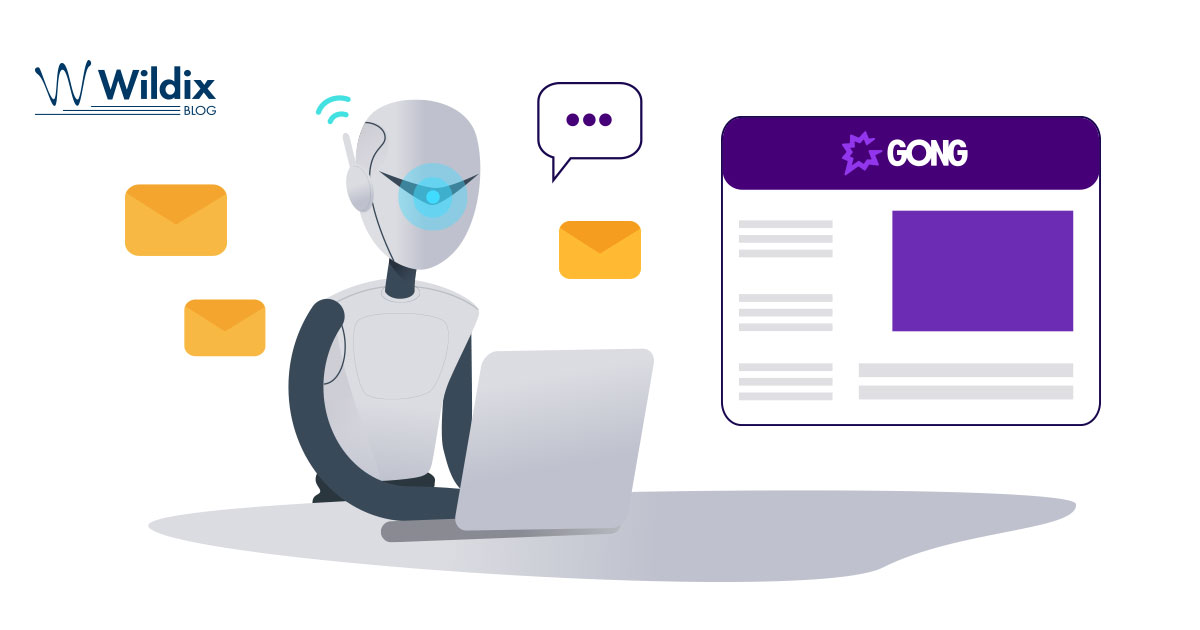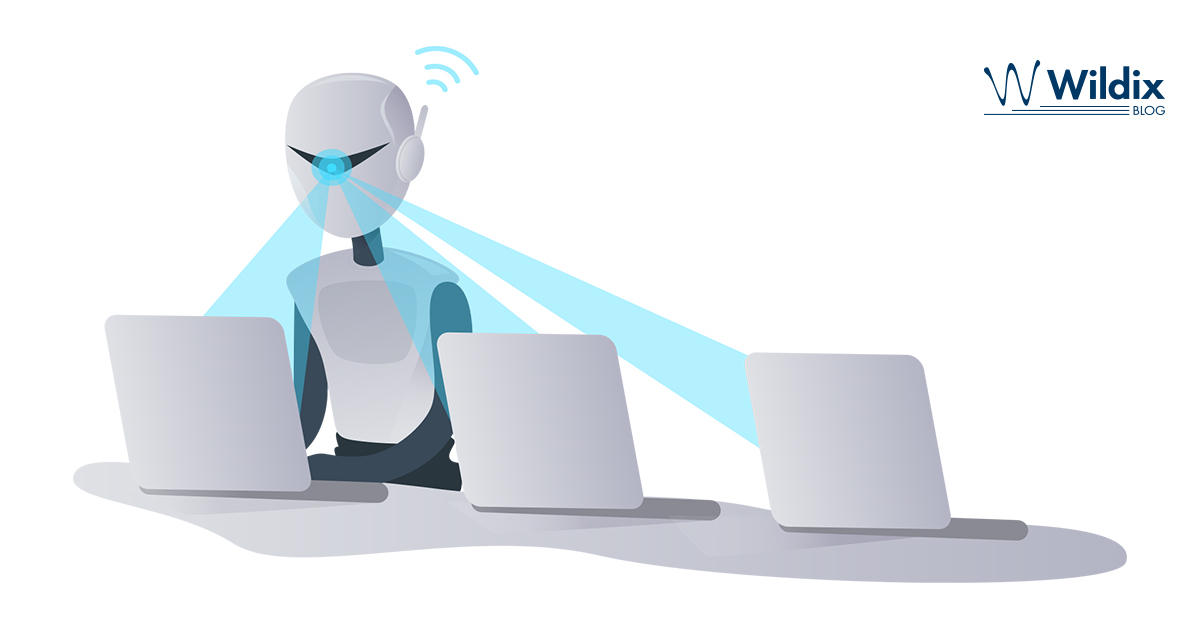As we said in our previous post, there’s no shortage of benefits to process automation. When you let software handle tasks, you speed up your workflow, save money and improve both internal morale and customer satisfaction. Given just how much of a competitive edge the practice gives a business, embracing automation is downright pivotal.
Of course, it’s all well and good to say just how useful process automation is — but how does one actually go about using automation for a given task?
This is actually a delicate question to answer, because automating work procedures is critical to get right. If you apply automation to an area where it isn’t needed, your return on investment will be less than optimal. Worse, should you do a poor job of automating an aspect of the workflow, the process may end up becoming a sinkhole of time and money spent on fixes.
In this post, we’ll give you a simple overview you can use to plot out a shift from manual work to automated simplicity, all while protecting your technology investment.
Continue reading “How to Automate Procedures, Step by Step”




